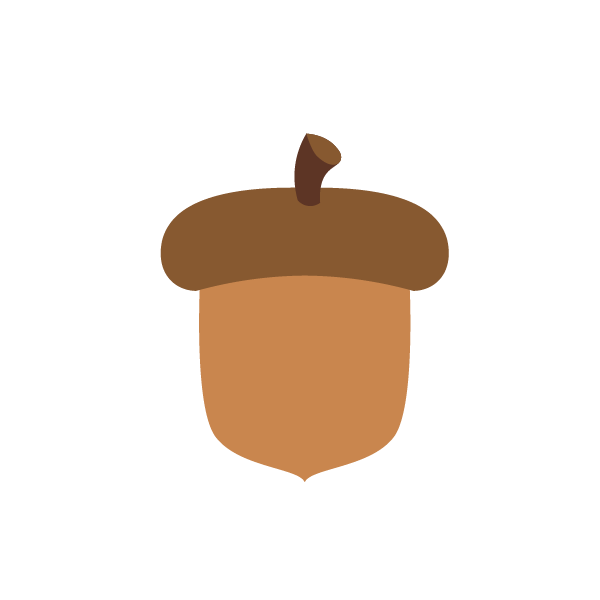Eyeball
The human eyeball is a round, white ball that sits in a small, round, black socket in the skull. The socket is called the orbit. The eyeball is held in place by muscles and ligaments and is surrounded by fat and a thin, clear membrane called the conjunctiva. The eyeball has three layers: the sclera, the choroid, and the retina. The sclera is the white, tough, outer layer of the eyeball. The choroid is a dark layer of tissue that contains blood vessels and helps to keep the eyeball moist. The retina is the innermost layer of the eyeball and it is light-sensitive. The retina contains special cells called rods and cones. The rods are sensitive to light and help us to see in dim light. The cones are sensitive to color and help us to see in bright light.
What is an eyeball?
An eyeball is a round, spheroid structure located in the socket of the skull. It is responsible for vision, the process of detecting and perceiving images. The eyeball is protected by the eyelid and surrounded by muscles that control its movement. The front of the eyeball is covered by a clear, curved membrane called the cornea. Behind the cornea is the iris, a colored ring of muscle that controls the size of the pupil, which is the black circle in the center of the eye. The pupil regulates the amount of light that enters the eye. The iris also contains the eye's natural lens, which helps to focus light on the retina. The retina is a thin layer of tissue at the back of the eye that contains light-sensitive cells. These cells convert light into electrical impulses, which are sent to the brain through the optic nerve. The brain then interprets these impulses as images.
The anatomy of an eyeball
The human eyeball is approximately one inch in diameter and is almost perfectly round. The front part of the eye is covered by a clear, curved layer called the cornea. Just behind the cornea is the iris, the colored part of the eye. The pupil, the black part of the eye, appears to be a hole in the iris. The pupil gets larger or smaller to control the amount of light that enters the eye.
How do eyeballs work?
The human eye is an amazing organ that allows us to see the world around us. But how does it work? The eye is actually a complex machine made up of many different parts.
Common problems with eyeballs
There are several common problems that can occur with eyeballs. These include pink eye, dry eye, and styes. Pink eye is an infection of the eye that can be caused by bacteria or viruses. Dry eye is a condition where the eyes do not produce enough tears. This can be caused by certain medications, environmental factors, or aging. A stye is a bacterial infection of the eyelid.
